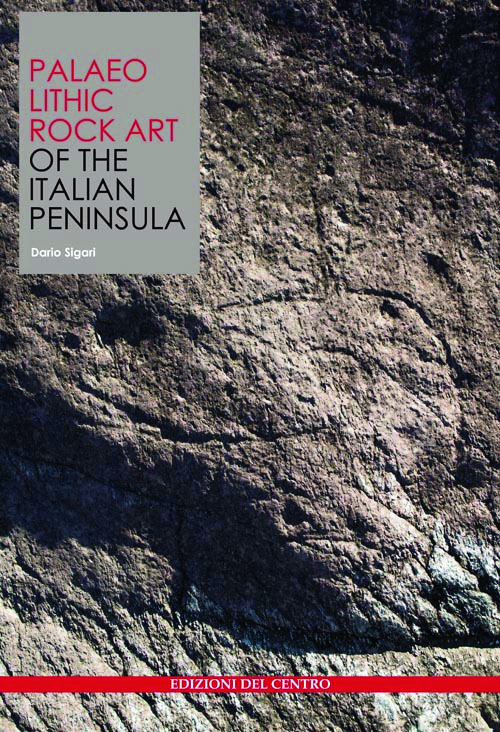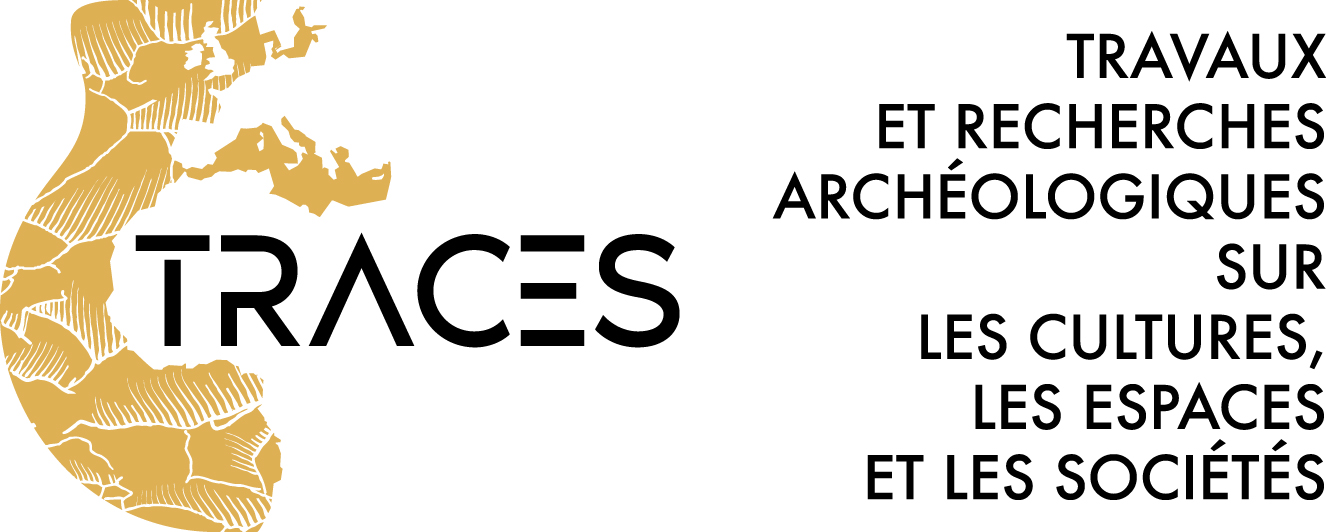-
Partager cette page
Palaeolithic Rock Art of the Italian Peninsula

Un ouvrage de D. Sigari
This volume is a first step towards a systematic review of the Palaeolithic rock art in the Italian Peninsula, considering eleven sites as main review cases: the Balzi Rossi (Florestano, Blanc-Cardini and Caviglione caves), Bàsura cave, Arene Candide cave, Luine open air rock art sites (Rocks No. 6 and 34), Fumane cave, Romito shelter, Paglicci cave and the Romanelli cave.
Palaeolithic rock art studies have traditionally been restricted to western and continental Europe seen as a specific cultural space during the Late Pleistocene, notably through the production of parietal and mobile art. Conversely, the surrounding areas, which also include the Italian Peninsula, had been considered to be part of an autonomous context. This separate artistic province had a difference in the perceived graphic repertoire (motifs and stylistic conventions) that, according to the Italian scholar Paolo Graziosi, was called the “Mediterranean artistic province”. This view had been accepted for a long time, strengthening the idea of two opposed artistic provinces, the Franco-Cantabrian vs. the Mediterranean one.
However, during the last 30 years, new discoveries of Pleistocene art and the reassessment of previous research in this field broke this paradigm.
Therefore, the need to thoroughly revise this part of Italian heritage had become pressing in order to contextualise what is found along the Italian Peninsula, considering the new data and the possibility of using new methodologies of documentation.






